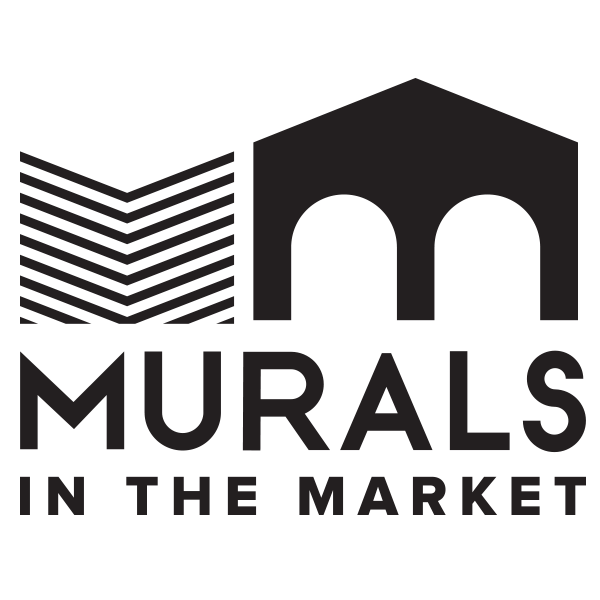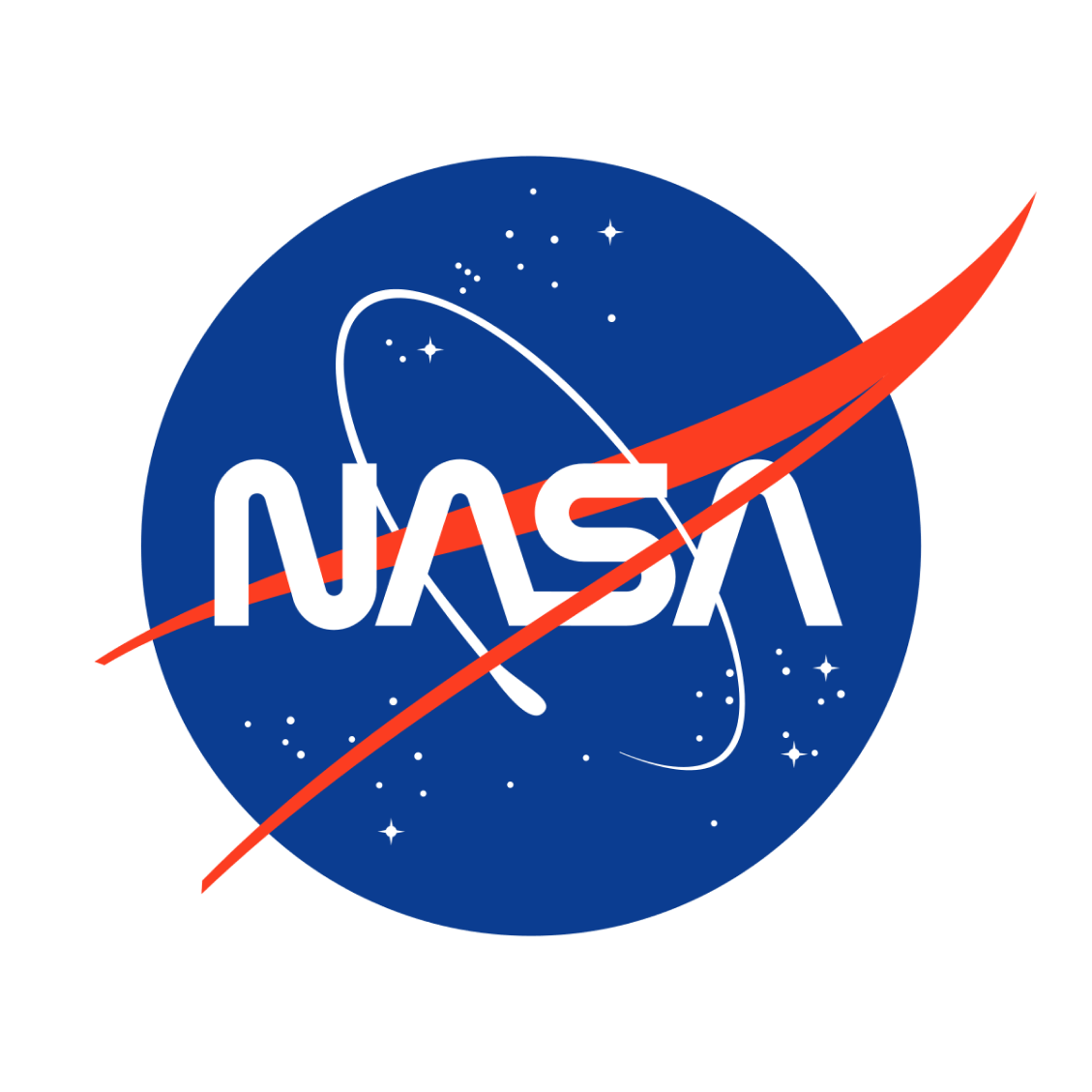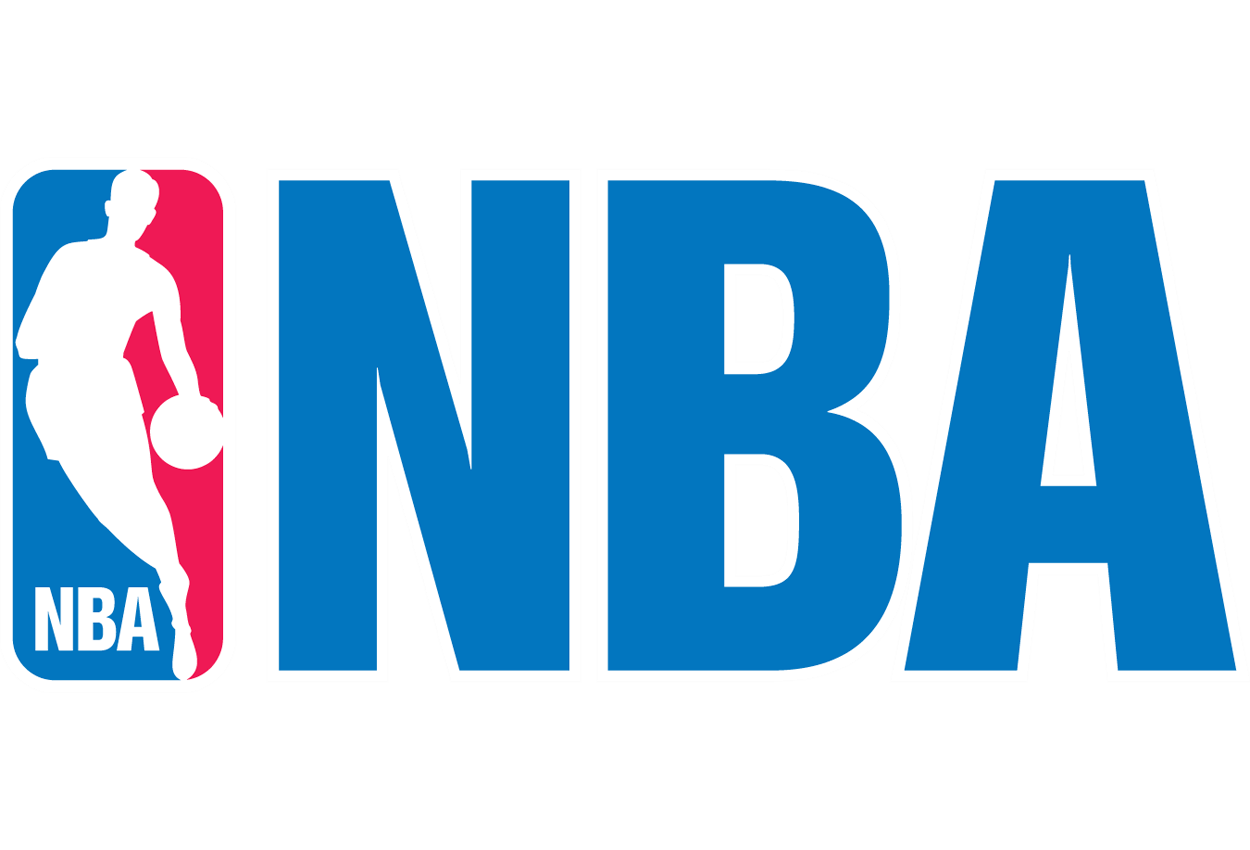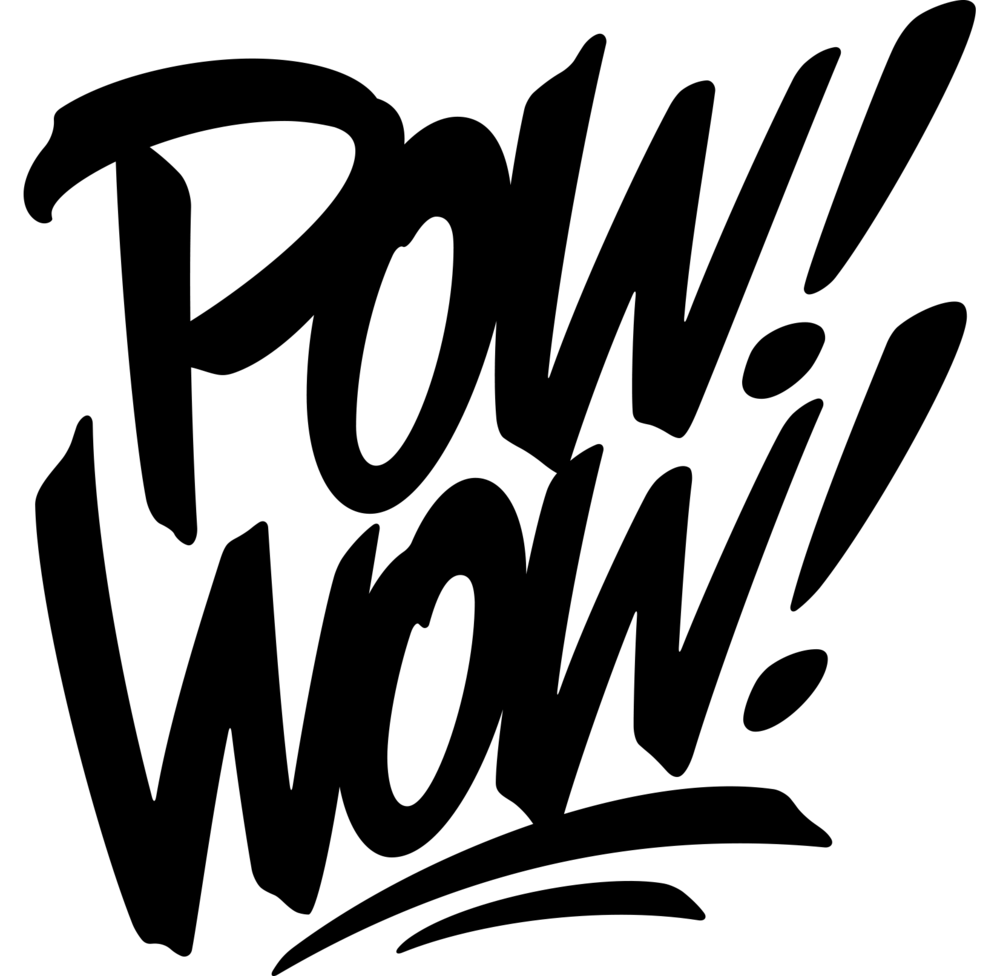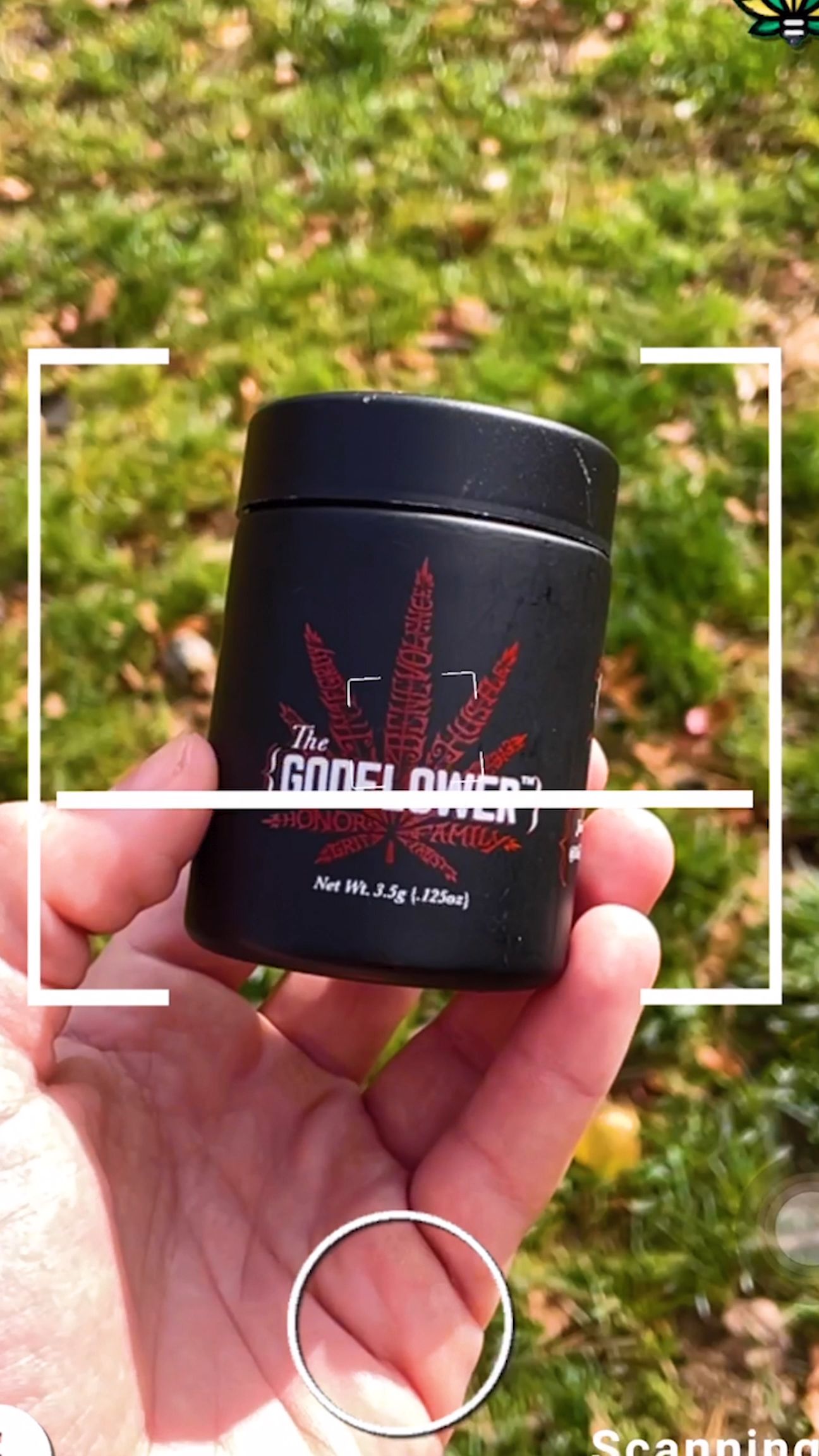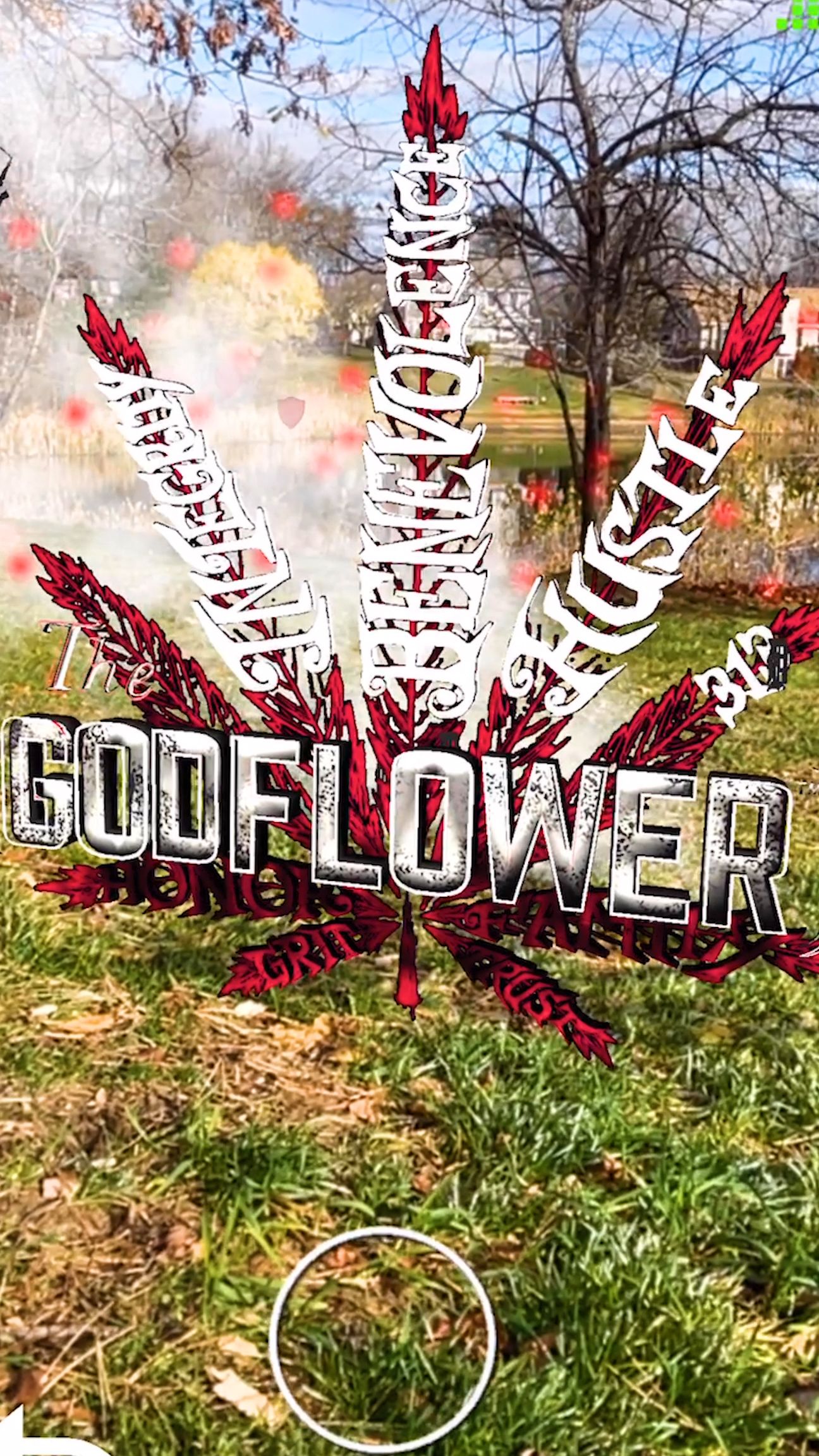Augmented Reality + Cannabis Marketing
Augmented Reality (AR) gives cannabis brands new and innovative ways to set themselves apart from the pack. Brands are using AR to create engaging and interactive sales and marketing experiences for their customers that provide a better return than traditional marketing. Below are some ways that Augmented Reality can help your cannabis business grow!
Unlocking New Possibilities: Grow
Your Cannabis Business With Augmented Reality
Augmented Reality (AR) gives cannabis brands new and innovative ways to set themselves apart from the pack. Brands are using AR to create engaging and interactive sales and marketing experiences for their customers that provide a better return than traditional marketing. Here are some ways that Augmented Reality can help your cannabis business grow!
How can Augmented Reality help your cannabis business grow?
Augmented Reality (AR) can help your cannabis business in a number of ways. It can be used to create immersive experiences for customers that educate them about your products and brand. AR can also be used to drive sales by providing interactive experiences that encourage customers to purchase your products. AR can also be used to create loyalty among customers by providing them with exclusive content and experiences that can be accessed through your brands Instagram, Snapchat, TikTok, or physical locations.

Here are a few examples of how cannabis companies could use AR for marketing:
- Immersive In-store Experiences & Product Packaging: For example, a cannabis company could create AR displays that allow customers to learn more about different strains of cannabis and how they can be used.
- Social Filters: Facebook, Instagram, Snachat, and TikTok filters can be created to allow the fans and followers of the cannabis brand to create authentic user generated photos and videos
- Interactive Product Demonstrations: For example, a cannabis company could create an AR experience that allows customers to see how a particular strain of cannabis looks and learn about its benefits before they purchase it.
- Virtual Showroom: Cannabis companies can use AR to host virtual showrooms and product launches, allowing customers to experience the products from anywhere in the world.
What are some of the benefits of using Augmented Reality for sales and marketing?
AR creates unique and attention-grabbing marketing materials that increase brand awareness while gathering useful data and analytics on customer behavior. It allows customers to engage with your product or service more through interactive and immersive experiences. AR campaigns give brands a plethora of branded and marketable user-generated content while onboarding fans and creating loyalty with fun and shareable experiences.
When compared to traditional social media ads, AR campaigns result in 5x engagement and can triple brand lift.
Augmented reality can create engaging and interactive customer experiences by overlaying digital content on top of the real world. This can be used to provide information about products, services, or events. With your dedicated team of AR experts at BrandXR, we can create interactive games, educational experiences, product reveals, branded environments, and more based around your company, products, and services.
Let us know your brand's goals and we’ll come up with a concept that’s perfect for you!
What are some of the challenges of implementing Augmented Reality into your business?
Some of the challenges of implementing Augmented Reality into your business include the lack of education around AR use cases, the high cost of developing AR applications, and driving users to the AR experiences. There is a lack of understanding about what AR is and how it can be used, which presents a further challenge for businesses looking to adopt this technology. To help with this, our dedicated team of AR experts and creative directors work collaboratively with you to develop concepts for your brand. With BrandXR’s pro-services team, we can help advise and launch your experiences on the platform that suits your brand best. With proven AR marketing materials like signage, social media posts, and digital ads, we make it easy for consumers to try your brand’s AR experience.
How can you overcome these challenges and make the most of Augmented Reality in your business?
There are a few ways that cannabis businesses can overcome these challenges and make the most of Augmented Reality. First, it is important to have a clear understanding of what Augmented Reality is and how it can be used. Second, businesses should consider what type of content would be most beneficial to their customers or clients. Third, businesses need to create a strategy for how they will use Augmented Reality based around their current and future marketing goals.
Lastly, it is important to test and measure the results of using Augmented Reality campaigns in your business. This can be done by surveying customers or conducting focus groups, as well as analyzing the metrics provided from our analytics tools (opens, impressions, gender, age, etc). By testing and measuring the results of your AR experiences, you can determine whether or not it is an effective tool for your business in comparison to your other marketing efforts.
Consider your Customers. Test & Analyze
Overall, Augmented Reality can be a valuable tool for any cannabis business looking to grow their sales and marketing efforts. By creating more engaging content and interactive customer experiences, AR can help you attract new customers and increase conversion rates. Additionally, investing in customer education can help overcome some of the challenges associated with implementing this new technology into your business.
Drive Foot Traffic with Augmented Reality Murals
How It Works
01
Discover
A Creative Director will work with you on vision & visual targets, short-term and long-term goals.
02
Design/Develop
Working with our internal partners, we start to plan out how the experience will work with the technology and platforms’ requirements.
03
Test
This stage is all about making sure the experience meets the Goals & KPIs and is working as intended without any breaking issues. Internal testing is done during this phase.
04
Publish
This stage is all about getting the client’s final approval of the experience. Client provides confirmation they are happy with the final output and ready to proceed.



